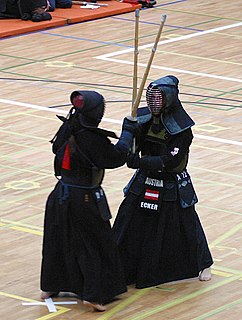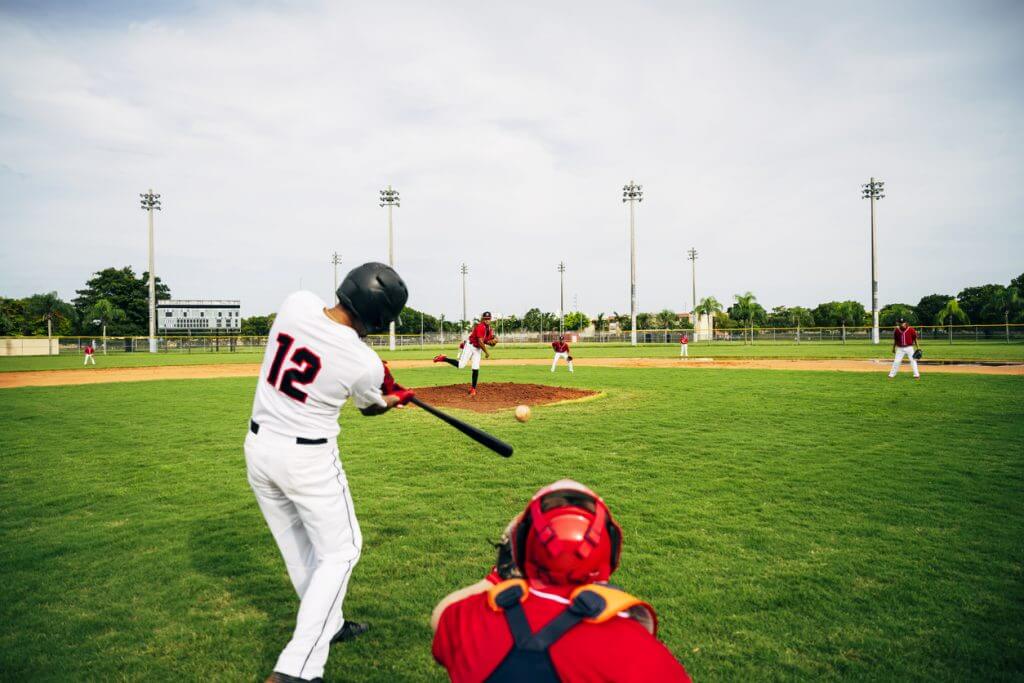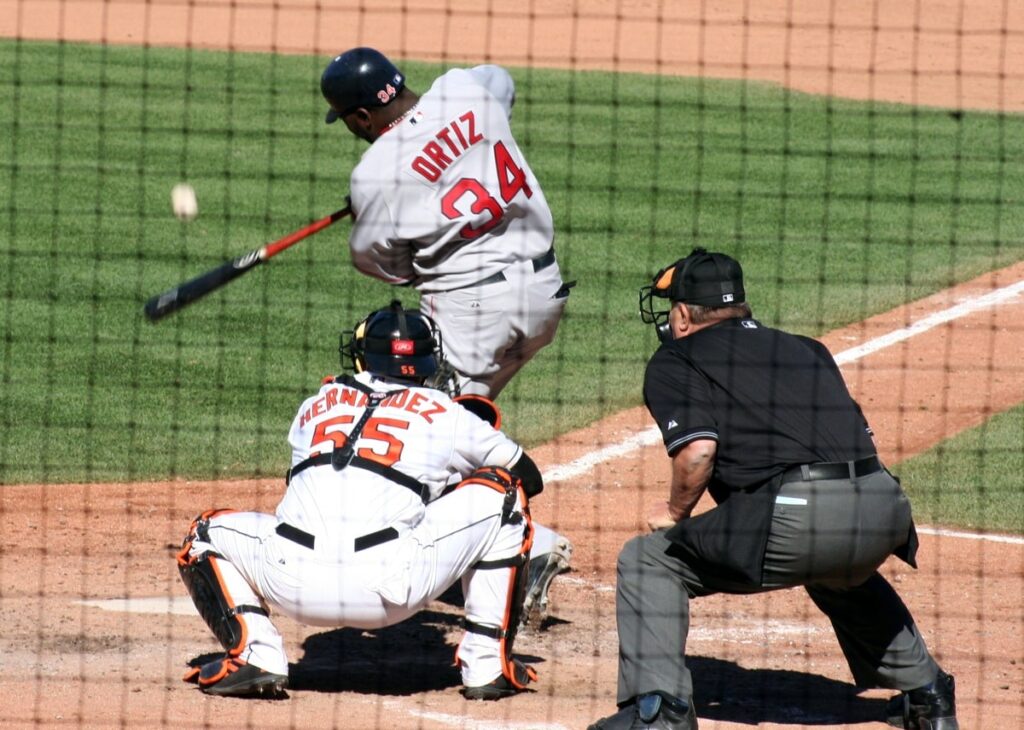
Kendo is a traditional Japanese martial art that is used in many junior high school physical education classes and club activities.
Through this class, students not only get physical exercise, but also develop etiquette and spiritual growth.
Let’s take a closer look at the educational value and practical approach to how Kendo lessons contribute to students’ physical and mental growth.
In this article, we will explain the basics of kendo classes in junior high schools, how to create lesson plans, and the impact kendo has on students.
目次
- 1 Introduction: Why is Kendo chosen for junior high school physical education?
- 2 Basics of Kendo: Techniques and etiquette that should be taught to junior high school students
- 3 Creating a lesson plan: Example of a curriculum incorporating Kendo
- 3.1 1. Setting lesson objectives and goals
- 3.2 2. Week 1: Introduction and basic posture
- 3.3 3. Weeks 2-4: Acquisition of basic skills
- 3.4 4. Weeks 5-8: Applied techniques and combinations
- 3.5 5. Weeks 9-12: Etiquette and Game Rules
- 3.6 6. Weeks 13-15: Match practice and evaluation
- 3.7 7. Week 16: Review and Reflection
- 4 Educational effects of Kendo and its influence on students
- 5 Safety measures and tool management
- 6 Frequently asked questions: About Kendo classes at junior high schools
- 7 summary
Introduction: Why is Kendo chosen for junior high school physical education?
More than just a sport, Kendo is included as part of physical education classes in many junior high schools.
There are several educational and cultural reasons for this choice.
High educational value
Kendo provides not only physical skills but also a spiritual and moral education.
Through Kendo, students can learn traditional Japanese values such as self-control, politeness, and respect.
These are important skills that have a positive impact on academics and daily life.
Improved physical health
Kendo is an exercise that uses the whole body, and is especially effective for strengthening the legs and hips.
Training in correct posture is especially important for growing students, and Kendo provides that training in a natural way.
It also has an element of aerobic exercise, which contributes to improving physical strength and endurance.
Cultivating mental concentration
Kendo practice requires a high degree of concentration.
This ability to concentrate is extremely beneficial in academic studies, and it is expected that kendo will have a positive impact on students’ learning attitudes.
As you face your opponent, you develop instantaneous judgment and mental discipline, which builds confidence.
Developing sociability and cooperation
Kendo is a sport that is based not only on individual skill, but also on interpersonal relationships.
At the dojo, students develop a sense of civility and respect for others, which becomes the foundation for building good interpersonal relationships in school and future social life.
For these reasons, kendo is an appropriate subject for junior high school physical education curricula and is actively included in many educational institutions.
The physical, mental, and social skills developed through Kendo can be a powerful tool for promoting the holistic development of students.

Basics of Kendo: Techniques and etiquette that should be taught to junior high school students
In Kendo classes, etiquette is an important part of education as well as technical elements.
When teaching the basics of Kendo to junior high school students, it is necessary to incorporate these aspects in a well-balanced manner.
Below, we will explain in detail the basic techniques and etiquette of Kendo.
Basic techniques of Kendo
-
Basic posture (stance) :
- Correct posture is the basis of Kendo and the starting point for all techniques. Junior high school students are carefully taught the position of their feet, the direction of their bodies, and how to hold the bamboo sword, so that they can take the correct stance.
-
How to hit (battu) :
- Learn basic Uchi techniques (men, kote, todo). These techniques are the most basic attacks in Kendo, and it is important to understand the exact position and form of each strike.
-
Footwork :
- Effective striking requires proper footwork. Practice basic movements such as forward, backward, and rotation to develop fluid movement.
-
Introduction of applied technology and match format :
- Once you have mastered the basic skills, we will teach you practical applications through match-style practice. This will help you learn how to use technology and think strategically.
Kendo etiquette
-
Starts with a bow and ends with a bow :
- In Kendo, you always bow at the beginning and end of your practice. This is an important ritual to show respect to the other person and to focus one’s mind.
-
Dojo etiquette :
- We will thoroughly enforce etiquette in the dojo, including how to behave in the dojo, how to handle tools, and how to show respect to upperclassmen and instructors.
-
A spirit of respect for others :
- Although hitting your opponent is part of the Kendo technique, it also teaches you to respect your opponent and remember to be grateful. This promotes character development through Kendo.
Kendo classes combine these techniques with etiquette to provide junior high school students with an education that not only helps them learn physical techniques but also helps them grow as individuals.
The role of educators is to help students understand that Kendo is not just a sport, but a valuable form of education that will be useful throughout their lives.

Creating a lesson plan: Example of a curriculum incorporating Kendo
A step-by-step learning plan is effective when incorporating Kendo into middle school physical education classes.
Here is an example of a lesson plan that covers everything from the basics of Kendo to applied techniques over the course of one semester.
This plan is designed to help students grow not only technically, but also mentally.
1. Setting lesson objectives and goals
- Purpose : To teach students the basic techniques of Kendo and to develop their physical ability as well as the spirit of courtesy and respect.
- Goal : Have students acquire basic batting techniques and proper etiquette by the end of the semester.
2. Week 1: Introduction and basic posture
- Class content : Learn about the history and value of Kendo, and practice basic posture and foot position.
- Activities : Watching a video on “What is Kendo?” Demonstration and practice of basic postures.
3. Weeks 2-4: Acquisition of basic skills
- Class content : Learn how to strike with men, kote, and torso, and practice correct strikes and footwork.
- Activities : Introduction to each striking technique, pair practice, and footwork drills.
4. Weeks 5-8: Applied techniques and combinations
- Class content : Practice combining multiple striking and thrusting techniques, and basic match moves in a real-life format.
- Activities : Continuous batting practice, small mock matches.
5. Weeks 9-12: Etiquette and Game Rules
- Class content : Deeply study the etiquette of Kendo and understand the rules and protocols of formal matches.
- Activities : Etiquette role-play, rule book explanation and quiz.
6. Weeks 13-15: Match practice and evaluation
- Class content : Practicing techniques and etiquette learned through competitions between students.
- Activities : Conducting in-class tournaments, individual feedback and evaluation.
7. Week 16: Review and Reflection
- Class content : Reflection and self-evaluation of learning content throughout the semester.
- Activities : Reflection, discussion of improvements, planning next steps.
This curriculum focuses on improving moral and social skills as well as the technical aspects of Kendo.
This systematic approach allows students to develop a deep understanding and respect for Kendo.

Educational effects of Kendo and its influence on students
Kendo is more than just a physical exercise; it also serves as an educational tool that promotes the all-round growth of junior high school students.
This section details how Kendo contributes to students’ physical and mental growth.
Contribution to physical growth
-
Improved overall fitness :
- Kendo is an exercise that uses the whole body, especially the lower body. For this reason, regular Kendo practice helps strengthen your legs and hips. The aerobic element also contributes to improved cardiovascular fitness.
-
Improved coordination and reaction speed :
- Kendo is a sport that requires instantaneous judgment and physical reactions. This allows students to learn better body control and improve overall motor skills.
Contribution to spiritual growth
-
Enhanced concentration and self-control :
- Kendo practice requires a high degree of concentration. You need the ability to maintain concentration in order to predict your opponent’s movements and attack or defend at the right time. This is a skill that has a positive impact on other activities such as schoolwork.
-
Developing patience and persistence :
- Kendo is not an easy sport. Mastering the technique requires continuous effort and patience. This develops mental strength in the face of challenges.
-
Cultivating a spirit of courtesy and respect :
- Kendo training begins and ends with courtesy. This allows students to naturally learn politeness and respect for others. This is directly connected to the norms of behavior in social situations.
-
Strengthening cooperation and teamwork :
- Although individual technique is important in Kendo, training within the dojo is based on cooperation with other students. This experience develops the ability to cooperate with others and enhances the coordination needed in social life.
-
Cultivating self-awareness and self-respect :
- Through Kendo, students can learn about their own limits and possibilities. This improves self-esteem and develops self-esteem.
These educational effects that Kendo provides to junior high school students play a major role in their daily life and preparation for future challenges.
Kendo is an extremely valuable part of a junior high school curriculum, contributing not only to physical ability but also to mental maturity and social skills.

Safety measures and tool management
In order to conduct Kendo classes safely and effectively, it is essential to implement appropriate safety measures and manage equipment.
Below, we will explain in detail the safety measures in Kendo classes and how to properly manage equipment.
Implementation of safety measures
-
Wearing proper protective equipment :
- It is important that students wear appropriate protective equipment at all times. This includes the mask, torso, kote, and drape, and requires the use of armor that is sized appropriately for each student’s body type.
-
Ensuring a safe practice environment :
- It is important that the practice area has sufficient space and suitable flooring. Use non-slip, well-cushioned flooring to provide enough space for students to move around safely.
-
Thorough technical guidance :
- We minimize the risk of injury by teaching you the correct way to hit and receive. Especially for beginners, we carefully teach basic techniques and instruct them to avoid unnecessary strain.
-
Prepare an emergency response plan :
- It is important to have first aid and an emergency contact network in place in the event of an injury. All instructors and students should know in advance how to respond.
How to manage tools
- Inspection and maintenance of tools :
- Always inspect the tools before use, especially the condition of the shinai. Shinai that are cracked or chipped should not be used and will be repaired or replaced as necessary.
- Cleaning and storing armor :
- Clean armor properly after use and dry it in a well-ventilated area. Avoiding moisture and storing in a place out of direct sunlight will prevent mold and bad odors.
- Proper storage of tools :
- Organize and store tools properly when not in use. Personal protective gear should be stored separately, or in the case of dojo-provided protective gear, stored in an organized manner so that it can be easily prepared for next use.
By taking these safety measures and properly managing equipment, Kendo classes will be safer and more effective.
Educators are responsible for providing an environment where students can enjoy Kendo with peace of mind by thoroughly implementing these measures.

Frequently asked questions: About Kendo classes at junior high schools
When introducing Kendo into junior high school physical education classes, teachers and parents often ask many questions.
We have provided a summary of these common questions and their answers below.
Q1: Are Kendo classes safe?
A1: Yes, Kendo is a very safe sport. Students will wear appropriate protective gear and instructors will thoroughly teach safe practice methods. Kendo also emphasizes etiquette, so practice is conducted with consideration for mutual safety and respect.
Q2: Will the school provide the equipment necessary for Kendo classes?
A2: This varies by school, but many schools provide basic protective gear and bamboo swords. If you need to make a personal purchase, your school will provide you with specific information and recommended purchasing locations.
Q3: What can I learn in Kendo classes?
A3: Kendo classes not only teach sword techniques, but also spiritual values such as courtesy, respect, and patience. These are important skills that will help students in their daily lives and in their future social lives.
Q4: How is Kendo evaluated in class?
A4: Kendo evaluations are not only based on the degree of skill acquisition, but also on the attitude of participating in class, courtesy, and cooperation. Through this, students not only learn techniques, but also aim for holistic growth.
Q5: How does Kendo affect athletic performance?
A5: Kendo will be evaluated as part of the physical education grade, and grades will be determined based on the student’s participation in the activity, technical improvement, and contribution to the class. Active participation is encouraged, as Kendo emphasizes developing not only physical skills but also mental and social skills.
By answering common questions about Kendo classes, these FAQs will help teachers and parents ease their concerns and improve their understanding of how Kendo is integrated into school curriculums.

summary
Kendo classes in junior high schools are more than just a physical education activity for students.
The program serves as a multifaceted educational venue that contributes not only to the development of physical skills, but also to spiritual growth, enhanced social skills, and deeper cultural understanding.
-
Physical health and development :
- Kendo is a full-body exercise, and is especially effective for strengthening the legs and hips. Continuous exercise also contributes to improving cardiovascular function.
-
Mental growth and concentration :
- Because Kendo requires a high level of concentration and mental self-control, these trainings can also lead to improved student performance in academics.
-
Developing sociability and cooperation :
- Kendo training is based on etiquette and respect, and fosters social skills through cooperation with others. This will be a valuable skill in your future workplace and social life.
-
Promoting cultural understanding :
- By learning Kendo, a traditional Japanese culture, students deepen their understanding and respect for their country’s cultural heritage.
Through these points, Kendo classes at junior high schools promote the holistic growth of students and bring about multifaceted educational outcomes.
Kendo can be said to be extremely valuable as an educational program, as it provides each student with the opportunity to know their own limits and grow beyond them.
We hope that teachers and parents will use this information to help their students maximize their growth through the wonderful cultural sport of Kendo.




